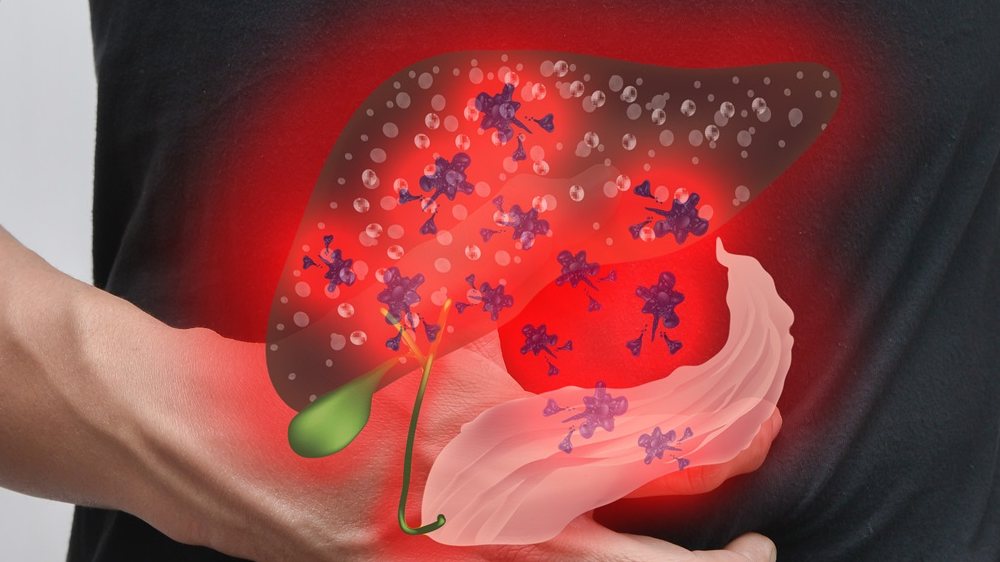A Senolytic Treatment for Liver Sepsis
- Survival was dramatically improved in a mouse model.

A paper published in Aging Cell offers evidence for the idea that senolytics might be a treatment for acute liver sepsis.
A deadly condition linked to a hallmark of aging

Read More
Sepsis, an inflammatory condition most commonly known as blood poisoning, is the most common cause of mortality in intensive care units. The World Health Organization has made dealing with sepsis a priority [1]. Previous work has found that senescence is closely related to the suppression of the immune system [2], and immune dysregulation is the key feature of sepsis [3]. The liver is one of the first organs to fail during sepsis, and senescence has also been directly linked to liver diseases, including cirrhosis [4].
While previous research had directly linked liver senescence to sepsis [5], there was no treatment component involved. Here, the researchers decided to see if anything could be done about acute sepsis using senolytics, drugs that are normally only considered for long-term conditions such as age-related diseases.
Senolytics are effective in this model
A day after sepsis was induced in mice, the researchers noted an immediate increase in inflammatory factors associated with the SASP, including inflammatory cytokines and TNF-α, along with the key senescence marker SA-β-gal. There was also an increase in the senescence markers p53 and p21 but not p16. Many of these results were confirmed at both the protein and RNA levels. Overall, the researchers concluded that the phenotype of liver tissues quickly became one of senescence.
At the single-cell level, p21 was mostly expressed in the basic functional cells of the liver (hepatocytes), cells that line blood vessels (endothelial cells), and immune cells. While only 3% of the total cells were found to express p21 during sepsis, a full three-fifths of macrophages in the liver expressed it. While SASP markers were upregulated with RNA, a great many other genes were downregulated.
Administering the senolytic combination of dasatinib and quercetin before sepsis was induced had an immense effect on survival in these mice: within four days, all 20 of the mice that had induced sepsis were dead, while 6 of the 20 mice given the senolytic combination were still alive at day 10. The severity of sepsis in the treatment group was, as expected, dramatically decreased a day after it had been induced.

SASP biomarkers, including cytokines, were also significantly reduced by the senolytic combination, as were many other biomarkers of senescence. ALT, the most well-known marker of liver damage, was also reduced by the treatment, as were markers of oxidative stress.

A question of treatment
Acute sepsis is a life-threatening condition for which it is difficult to generate a clinical trial, and it must be noted both that senolytics are often more effective on mice than people and that the senolytics in this case were administered before the sepsis was induced. However, these results are very strong, in both biomarker analysis and survival rates. If senescence occurs in the same way in people during sepsis as it does in mice, senolytics or other drugs that affect senescent cells may become a staple of the ICU.
Literature
[1] Reinhart, K., Daniels, R., Kissoon, N., Machado, F. R., Schachter, R. D., & Finfer, S. (2017). Recognizing sepsis as a global health priority—a WHO resolution. New England Journal of Medicine, 377(5), 414-417.
[2] Monneret, G., Gossez, M., & Venet, F. (2021). Sepsis and immunosenescence: closely associated in a vicious circle. Aging Clinical and Experimental Research, 33, 729-732.
[3] Singer, M., Deutschman, C. S., Seymour, C. W., Shankar-Hari, M., Annane, D., Bauer, M., … & Angus, D. C. (2016). The third international consensus definitions for sepsis and septic shock (Sepsis-3). Jama, 315(8), 801-810.
[4] Sanfeliu-Redondo, D., Gibert-Ramos, A., & Gracia-Sancho, J. (2024). Cell senescence in liver diseases: pathological mechanism and theranostic opportunity. Nature Reviews Gastroenterology & Hepatology, 1-16.
[5] He, K., Zhou, D., Pu, Z., Chen, S., Shen, Y., Zhao, S., … & Xu, X. Cellular Senescence in Acute Liver Injury: What Happens to the Young Liver?. Aging and disease.







